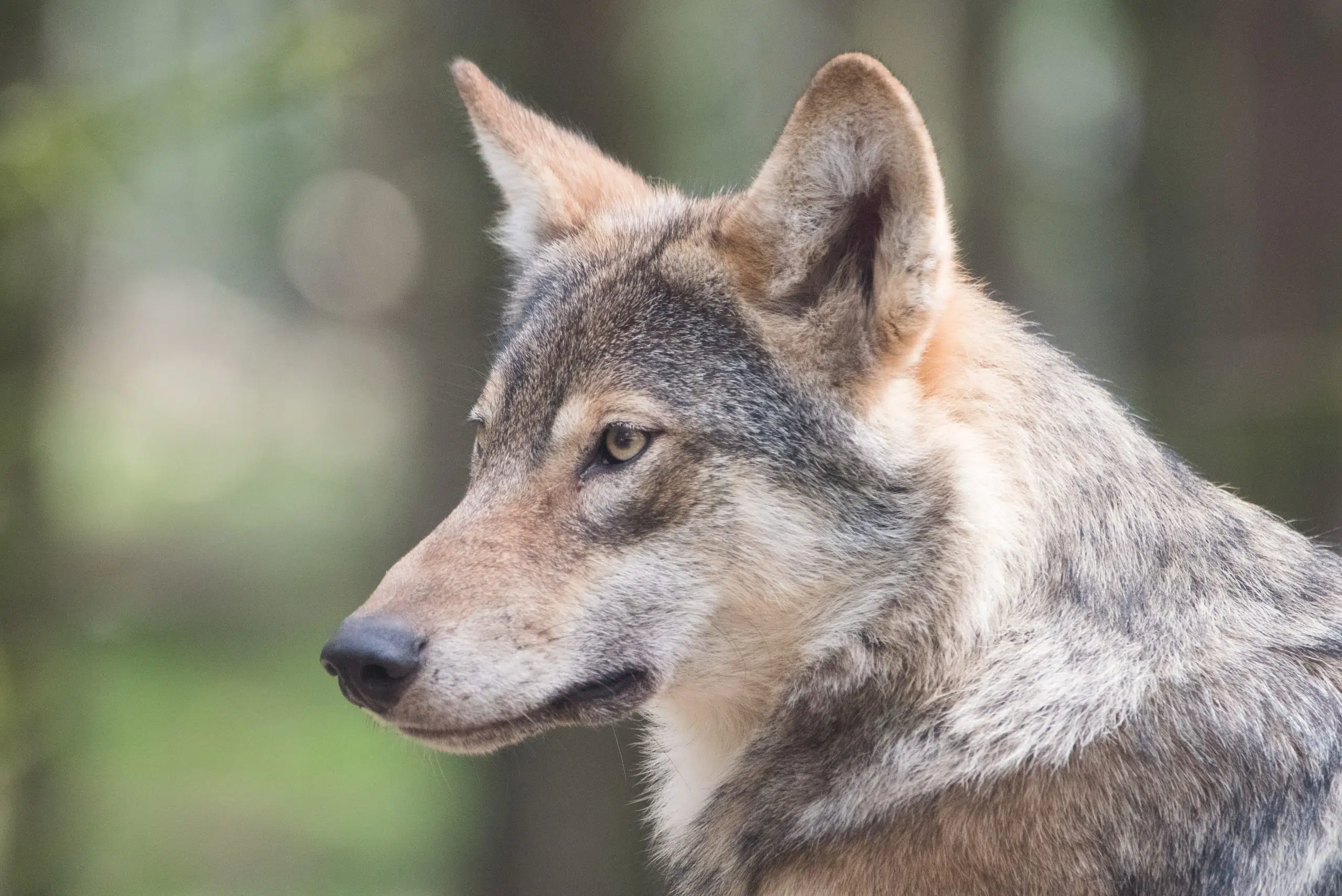Another Wisconsin wolf hunt is on the horizon, with Department of Natural Resources (DNR) officials trying to balance concerns from wildlife protection groups and those who support them, but a new population study has added a layer of skepticism about the sustainability of the hunts.
University of Wisconsin researchers say nearly 100 additional gray wolves died around the state, after the animal was removed from the federal Endangered Species Act list last winter, on top of 218 wolves killed by licensed hunters during Wisconsin’s late-season hunt. Sarah Bergstrom, board member of Friends of the Wisconsin Wolf and Wildlife, said it isn’t surprising. “I think that a lot of us had that same gut feeling that that was probably the case,” Bergstrom remarked. “But it’s nice to see, kind of, the numbers and modeling to go with it.” The study showed it is likely most of the additional wolf deaths were the result of illegal hunting activity by poachers.
The legal kills took place in a brief February hunt prompted by a lawsuit after the delisting, when hunters far exceeded the established quota. The DNR stated it will use science to determine a quota for this fall’s event, but researchers estimate all the recent deaths have dropped the state’s wolf population by one-third. The study’s authors argued a pause in hunting activity over the next couple of years could allow the population to rebound. Bergstrom feels it is impossible to move forward with a hunt this year, and contended it would interfere with the longer-term evaluation of the hunts and their impact on the wolf population. “There’s no way of saying that the fall hunt will be any better or more reasonable than the February hunt was without some concrete guidance as to how that’s going to happen,” Bergstrom asserted.
However, Wisconsin law requires an annual hunting period when wolves are not under federal protection. Supporters of the hunts say wolves prey on livestock, and they insist fears about decimating the wolf population are overstated.











